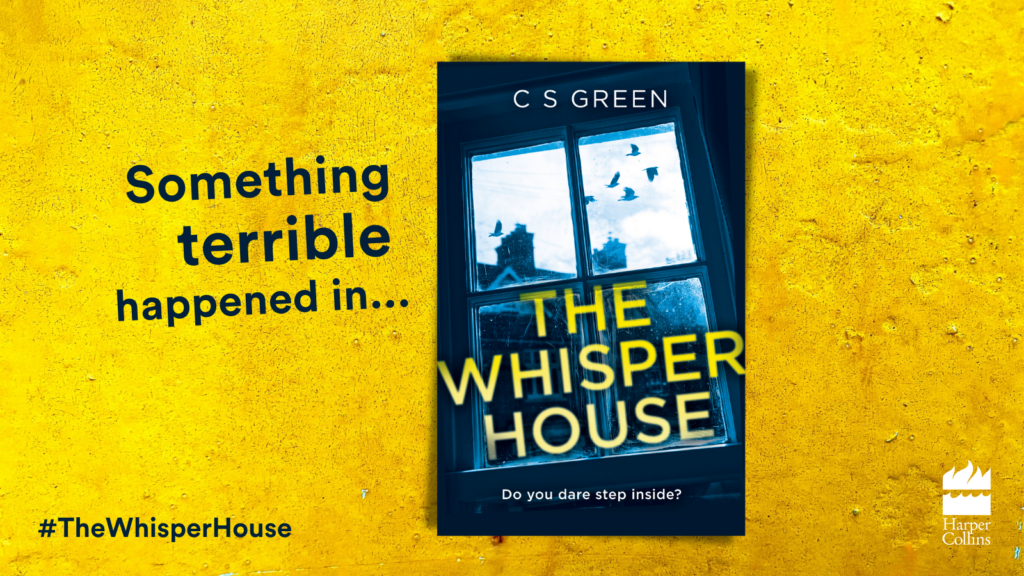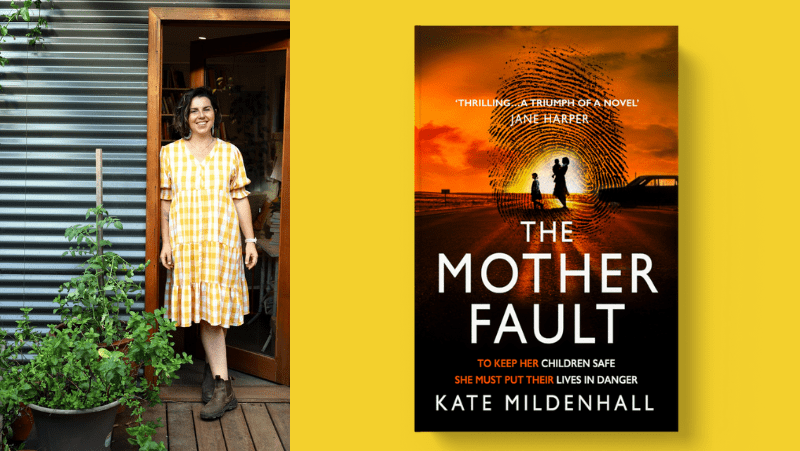Warren Fahy was born in Hollywood, California. He wrote a now infamous article, ‘Ancient History of the Mullet’, for the Beastie Boys magazine, Grand Royal, credited in the OED as the source of the word’s new definition as a hairstyle. He is currently lead writer for Wowwee, generating creative content for their line of advanced robotic toys and lives in San Diego.
Warren Fahy on Book Army
Warren recently appeared on local TV in his hometown of San Diego chatting about Fragment. See the video here.
Q&A with Warren
Killer Reads: What inspired you to start writing FRAGMENT?
Warren Fahy: Having been fascinated with biology since I was a child – at the age of 9 I used to dig for fossils in the Hollywood Hills after school, and I attended a neurobiology course at Caltech when I was 11 years old – I have been a life-long student of naturalism, weaned by far-off heroes like David Attenborough, Louis Leakey, and Charles Darwin. That was my general inspiration in all things evolutionary.
What specifically inspired the premise of FRAGMENT were some of the writings of Stephen Jay Gould and the discovery of the Movile Cave in Romania, where 33 previously unknown species had evolved in total darkness after being sealed off for five million years. After tinkering with ideas based on these and other fascinating facts, the whole story suddenly fell into place in a flash of inspiration – and I dropped everything else I was working on and never looked back until it was done.
KR: The scientific detail is very impressive, how long did it take you to research the background to the novel?
WF: In a sense, all of my life. I have always pondered what forces brought about the emergence of our planet’s incredibly diverse life forms. It’s a constant audio track in my head. Once I began work on the novel proper, however, it took about three years of intense research to flesh out the ecosystem of Henders Island.
KR: The ecological landscape of Hender’s Island is so different from our world. Could evolution really splinter so radically?
WF: Stephen Jay Gould famously speculated that very small events in the history of life on Earth could have led evolution into entirely different directions. To quote from his book Wonderful Life: “Alter any event, ever so slightly and without apparent importance at the time, and evolution cascades into a radically different channel.”
Recently, with the discovery of isolated cave systems and deep ocean hydrothermal vent ecosystems, our previous horizons have been broadened considerably when speculating about the divergence of terrestrial life forms. Isolation events are the key to potentially wild biological divergence. Islands such as the Seychelles or Socostra host divergent ecosystems that boggle the mind and appear to be from alien worlds in many respects. Australia’s isolation led to a world of hopping marsupials that shocked western explorers – and Australia was isolated only about 50 million years ago, while Henders Island was isolated about 600 million years ago during the so-called “Cambrian explosion.” While examining the fossils of the creatures that lived during that initial expansion of life on Earth, people would hardly guess they were looking at animals from the planet we inhabit today.
KR: The creatures from the island are included in sketch form in the book. Did you always know how you wanted them to look?
WF: Yes, I knew precisely how I wanted them to look, what kind of locomotion I wanted them to have, etc., then worked with scientists and artists to bring that to life, and during that process they evolved as necessary adaptations emerged. It was a very Darwinian process! What surprised me most was that no matter how outlandish and alien the species I thought I was creating, I nearly always found that nature had beaten me to it and that there was some living allegory that used precisely the same process or mechanism – sometimes in an even more outlandish form! Ironically, trying to outdo nature with all the freedom of my imagination gave me a renewed respect for nature’s staggeringly boundless invention.
KR: One of my favorite touches in FRAGMENT is the creature whose fur can change colour. Could that really happen?
Chromatophors, or cells that produce pigment, are used by animals such as fish, cuttlefish and octopus, and reptiles to camouflage themselves or communicate with others of their species. Cuttlefish have even been known to mimic the checkers on a chessboard placed behind them! Chromatophors, like all skin cells, have evolved into many forms, from fish scales to lizard scales, such as those of a chameleon. Reptile scales evolved into feathers in dinosaurs and even fur in early mammal-like reptiles. So who knows? I would not be surprised if we discovered an animal on Earth that used a fiber-optic-like fur to camouflage itself. No, after all the things I’ve been pre-empted by after trying to come up with the most way-out but still practical biological innovations I could imagine, I have a very healthy respect for the engine of natural selection!
KR: Do you have any one scene in FRAGMENT that you most enjoyed writing?
WF: Without giving too much away, I had a blast writing the rover scene. One of the things I love to do is put characters into the most terrifying position I can imagine, with no clue how to get them out of it, strand them there, and sit back to watch what happens.
KR: Did you find that the characters behaved as you had planned, or did they ever surprise you?
WF: They surprised me, often, and certainly did what they wanted to in most respects. Sounds odd perhaps, but I don’t create characters so much as identify them, put them in the situation, and then report on what they do. I know what kind of characters, in terms of skills and personality, I will need to have present to accomplish certain things, and outside of that, I let them go. Curiously, they won’t let themselves die sometimes, even if that’s what I had planned, and if and when they do die, it’s very hard for me to report the news of their deaths.
KR: In addition to the science, there is a very human side to the novel. Is “humanity” something that would exist no matter how life on our planet had evolved?
WF: Humanity may be in the eye of the beholder – is it limited to our particular form? I don’t think so. I think that the free agency attained by humans distinguishes us more than any of our physical attributes, and is therefore our defining characteristic. Such an intellect unbounded by predetermined instinct and relying on creative, rational thought may well have evolved from some other biological origin if the massive Siberian eruptions that nearly wiped out the human race had succeeded some 70,000 years ago. Humanity, it could be said, is a state of mind…


